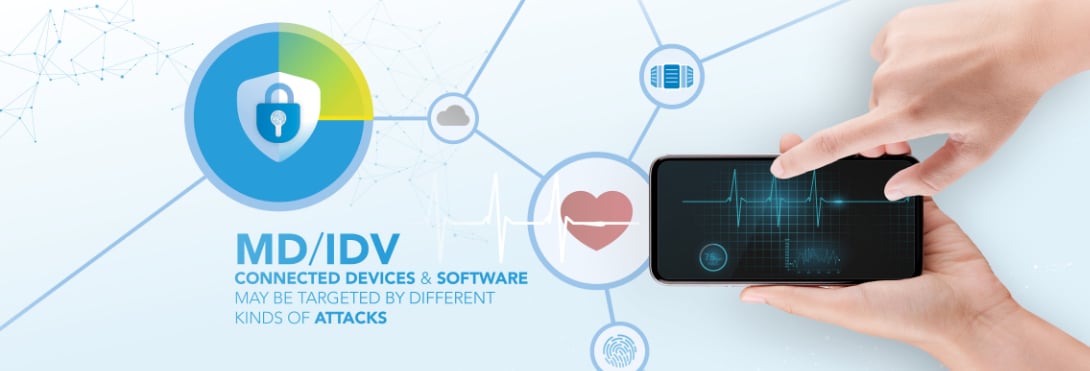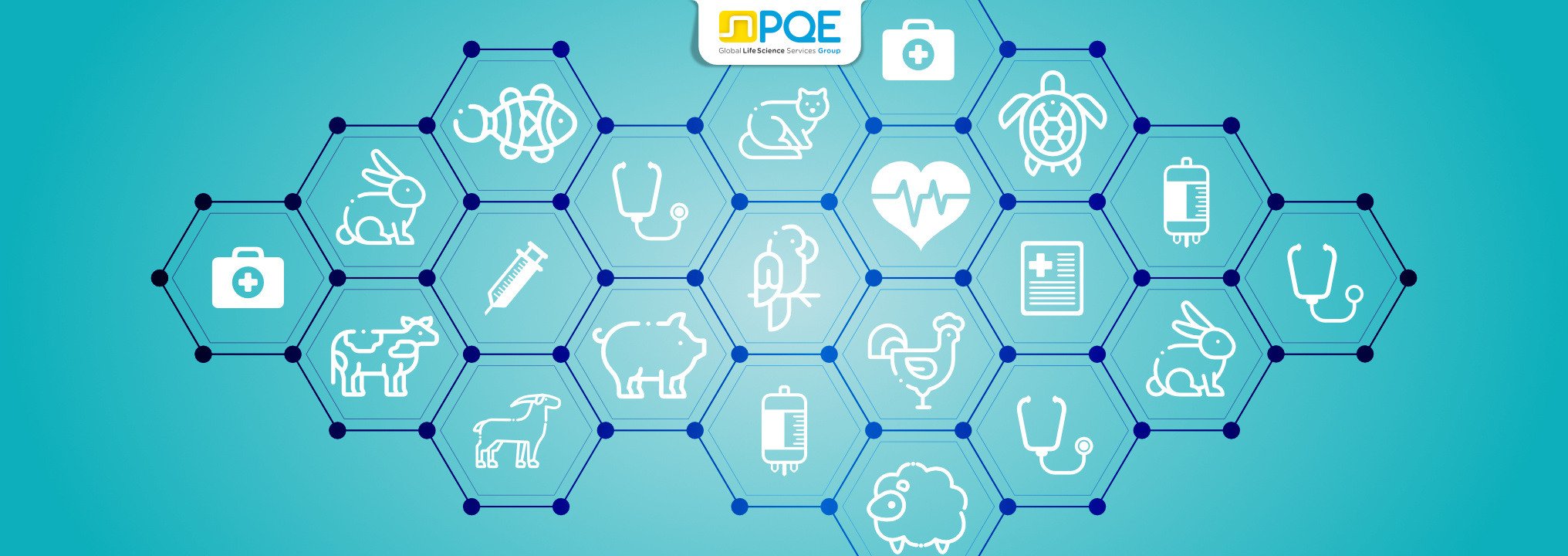Among the entire medical field, Medical Devices development plays a major role in innovation, with devices used to treat human diseases like diabetes, heart diseases, neurological diseases and many others, tracing new paths and exploring new horizons in human (and not only) health care.
According to E.U. definition[1], “medical device’ means any “instrument, apparatus, appliance, software, material or other article, whether used alone or in combination, including the software intended by its manufacturer to be used specifically for diagnostic and/or therapeutic purposes and necessary for its proper application, intended by the manufacturer to be used for human beings:
- diagnosis, prevention, monitoring, treatment or alleviation of disease,
- diagnosis, monitoring, treatment, alleviation of or compensation for an injury or handicap,
- investigation, replacement or modification of the anatomy or of a physiological process,
- control of conception,
and which does not achieve its principal intended action in or on the human body by pharmacological, immunological or metabolic means, but which may be assisted in its function by such means;”
One of the top innovations today consists in the “Connected Medical Devices”, which use the connectivity and infrastructure of the internet, plus the most advanced software and hardware technologies and the IoT computing power to improve their health care capabilities by analysing and understanding the patient’s needs and adapt monitoring, diagnosis and treatments in real time.
Let’s think about all the types three types of software related to Medical Devices: not only the software used to manage production of Medical Devices, but also the Software integrated into a Medical Device (“Software in a Medical Device”), and the software which is meant to be a Medical Device by itself (“Software as a Medical Device (SaMD)”: cfr. definition by International Medical Device Regulators Forum (IMDRF)[2]) while used for medical purposes without being integrated in any other medical device.



%20Development%20Should%20Take%20a%20Quality%20by%20Design%20Approach%20_1_1_1.jpg)

